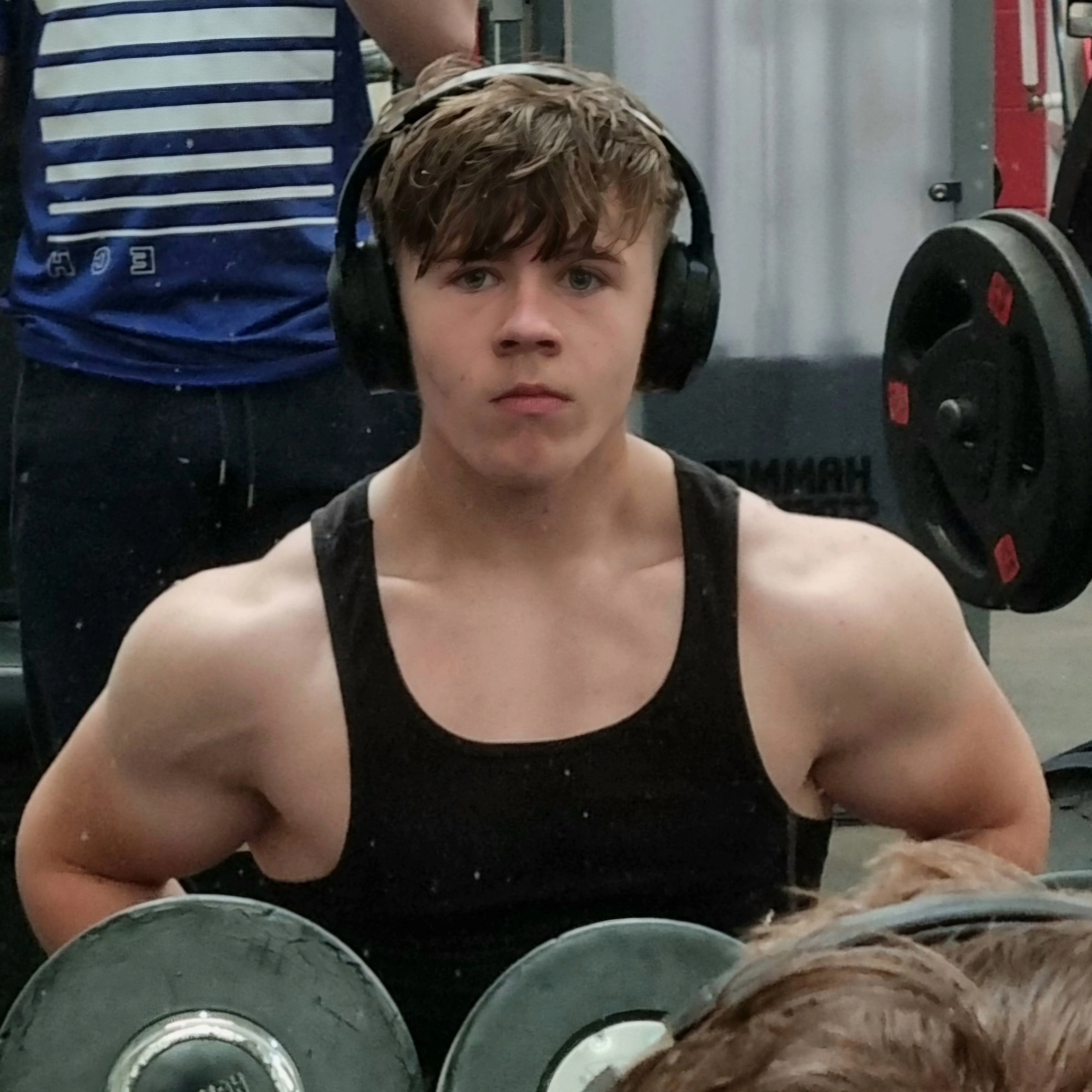PMT
Cards (57)
- What is sustainable development?
- How is potable water produced in the UK?
- What are the sterilising agents for potable water?
- Why is chlorine monitored when used in water sterilisation?
- What is the advantage of using ultraviolet light for sterilisation?
- How is desalination carried out?
- What is reverse osmosis?
- What is required for reverse osmosis to work?
- How is wastewater produced?
- What is required for treating sewage and agricultural wastewater?
- What does industrial wastewater treatment require?
- What are the processes involved in sewage treatment?
- What do new mining methods avoid?
- What is phytomining?
- What is bioleaching?
- What is the main advantage of phytomining and bioleaching?
- What is the main disadvantage of phytomining and bioleaching?
- What are the stages of Life Cycle Assessments (LCAs)?
- How do we reduce the use of resources?
- What are the advantages of recycling?
- What are the disadvantages of recycling?
- What is corrosion?
- How can corrosion be prevented?
- What is sacrificial protection?
- How does sacrificial protection work?
- What is bronze made of?
- What is brass made of?
- What are the uses of bronze and brass?
- What are the uses of gold and silver?
- What are the uses of copper and zinc?
- What are the uses of aluminum-magnesium and steels?
- What is the purpose of electroplating?
- Why is zinc used to galvanize iron?
- What are the main components of bronze and brass?
- What is the use of gold in jewelry?
- How is the purity of gold measured?
- What are aluminium-magnesium alloys used for?
- What are the properties of high carbon and low carbon steel?
- How do the properties of polymers depend on their monomers?
- What are the two types of poly(ethene)?
